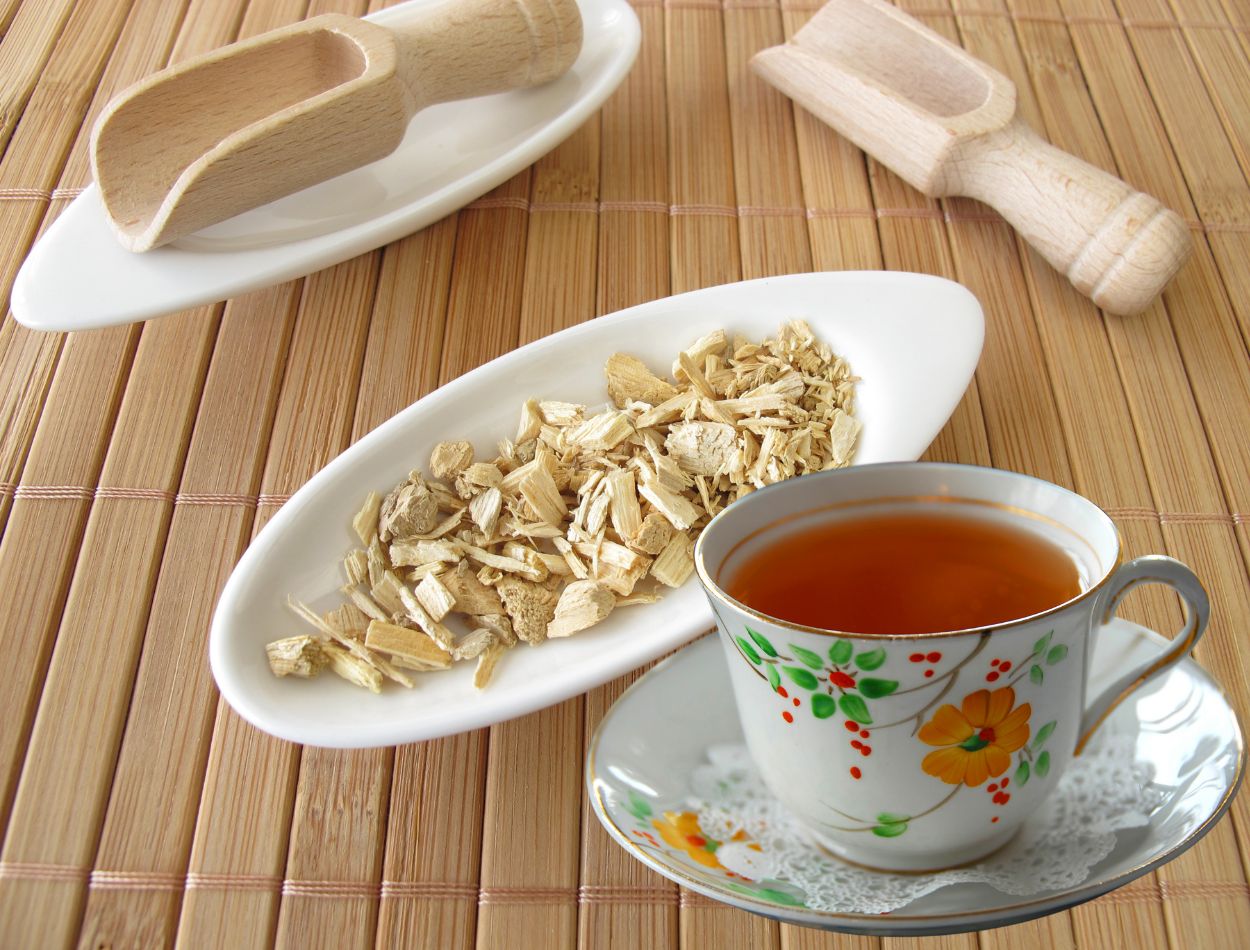As De Pau: The Ultimate Guide To Mastering The Iconic Spanish Knife
When it comes to knives, As de Pau stands out as a true masterpiece. This legendary Spanish knife has been captivating enthusiasts for generations. Known for its elegance, durability, and craftsmanship, the As de Pau knife has earned its place in the hearts of collectors and everyday users alike. Whether you're a knife aficionado or just curious about this iconic tool, you're in for a treat. Let's dive into everything you need to know about As de Pau!
Picture this: you're exploring the bustling markets of Spain, and suddenly your eyes catch a glint of steel. It's an As de Pau knife, sitting proudly among other tools, calling out to you. There's something about its sleek design and rich history that makes it irresistible. But what exactly makes this knife so special? Stick around, and we'll unravel the secrets behind this Spanish gem.
From its origins in the heart of Spain to its modern-day applications, As de Pau knives have a story worth telling. They're not just tools—they're pieces of art that combine functionality with beauty. Whether you're using one for outdoor adventures, kitchen prep, or simply admiring its craftsmanship, the As de Pau knife offers something for everyone. So, grab a seat, and let's get started on this journey!
Read also:Andrew X The Man Whos Redefining The Future Of Tech And Innovation
Table of Contents
- The Origin of As de Pau
- Design and Features
- Craftsmanship and Materials
- Common Uses of As de Pau
- How to Care for Your As de Pau Knife
- A Brief History of As de Pau
- As de Pau vs Other Knives
- As de Pau for Collectors
- Tips for Buying an As de Pau Knife
- Frequently Asked Questions
The Origin of As de Pau
Let's start at the beginning, shall we? As de Pau knives trace their roots back to the vibrant region of Catalonia in Spain. This area has long been known for its rich tradition of craftsmanship, and the As de Pau knife is no exception. The name "As de Pau" roughly translates to "Ace of Peace" in English, symbolizing its dual purpose as both a tool and a symbol of harmony.
In the early days, these knives were crafted by skilled artisans who passed down their techniques through generations. The result? A knife that's not only functional but also steeped in cultural significance. Today, As de Pau knives continue to be made with the same care and attention to detail that defined them centuries ago.
Why As de Pau is Special
What sets As de Pau apart from other knives? For starters, its design is uniquely Spanish, blending practicality with artistry. The handle, often crafted from natural materials like wood or bone, feels comfortable in your hand. Meanwhile, the blade is forged from high-quality steel, ensuring durability and sharpness.
But it's not just about the materials. The As de Pau knife also carries with it a sense of tradition and pride. Owning one is like holding a piece of Spain's history in your hands. And who wouldn't want that?
Design and Features
Now, let's talk about what makes an As de Pau knife visually appealing. The design is sleek yet robust, with a focus on simplicity and functionality. The blade typically features a clip-point shape, making it versatile for various tasks. Meanwhile, the handle is ergonomically designed to provide a comfortable grip, even during extended use.
One of the standout features of As de Pau knives is their balance. Whether you're slicing vegetables in the kitchen or carving wood in the great outdoors, the knife feels perfectly weighted in your hand. This balance is achieved through careful consideration of both the blade and handle materials.
Read also:Amandahuggenkiss The Rise Of An Influential Figure In The Spotlight
Key Features to Look For
- Clip-point blade for versatility
- Ergonomic handle for comfort
- High-quality steel for durability
- Natural materials for aesthetic appeal
Craftsmanship and Materials
Craftsmanship is at the heart of every As de Pau knife. Each blade is forged by skilled artisans who take pride in their work. The process involves heating, shaping, and tempering the steel to achieve the perfect balance of hardness and flexibility. This attention to detail ensures that each knife performs flawlessly, whether you're using it for everyday tasks or special occasions.
When it comes to materials, As de Pau knives don't skimp on quality. The blades are typically made from carbon steel or stainless steel, depending on the intended use. Carbon steel offers excellent edge retention but requires regular maintenance to prevent rust. Stainless steel, on the other hand, is more resistant to corrosion but may not hold an edge as long. The choice ultimately depends on your personal preferences and needs.
Materials Used in As de Pau Knives
- Carbon steel for superior edge retention
- Stainless steel for corrosion resistance
- Wood or bone for traditional handles
- Synthetic materials for modern designs
Common Uses of As de Pau
So, what can you do with an As de Pau knife? The answer is: pretty much anything! These versatile tools are designed for a wide range of applications. In the kitchen, they excel at slicing, dicing, and chopping. Outdoors, they're perfect for camping, hunting, and fishing. And for collectors, they're simply works of art.
One of the reasons As de Pau knives are so popular is their adaptability. Whether you're preparing a gourmet meal or building a campfire, this knife has got you covered. Plus, its compact size makes it easy to carry wherever you go.
Indoor vs Outdoor Uses
While As de Pau knives are versatile, some models are better suited for specific tasks. For indoor use, look for knives with stainless steel blades and synthetic handles, which are easier to maintain. For outdoor adventures, carbon steel blades with wooden handles offer a more authentic experience, though they require a bit more care.
How to Care for Your As de Pau Knife
Investing in an As de Pau knife is a commitment. To ensure your knife lasts for years to come, proper care is essential. Start by keeping it clean and dry after each use. If your knife has a carbon steel blade, wipe it down with a cloth after use to prevent rust. For stainless steel blades, a quick rinse and dry will suffice.
Sharpening your As de Pau knife regularly is also important. Use a quality sharpening stone and follow the manufacturer's guidelines to maintain the blade's edge. Additionally, store your knife in a safe, dry place when not in use to protect it from damage.
Tips for Maintaining Your Knife
- Clean and dry after each use
- Sharpen regularly with a quality stone
- Store in a safe, dry location
- Apply oil to carbon steel blades to prevent rust
A Brief History of As de Pau
The history of As de Pau knives is as rich as the culture they come from. These knives have been a part of Spanish life for centuries, serving both practical and ceremonial purposes. In the past, they were often given as gifts to mark important milestones, such as weddings or coming-of-age ceremonies.
Over time, As de Pau knives have evolved to meet the changing needs of their users. While the basic design remains the same, modern innovations have improved their functionality and durability. Today, these knives continue to be a testament to Spain's enduring legacy of craftsmanship.
Fun Facts About As de Pau
- As de Pau knives were originally used by shepherds and farmers
- They played a role in Spanish folklore and traditions
- Some models are still handmade by traditional artisans
As de Pau vs Other Knives
When comparing As de Pau knives to other knives, it's important to consider their unique features. While many knives on the market prioritize functionality, As de Pau knives offer a perfect blend of form and function. Their traditional design and high-quality materials set them apart from mass-produced alternatives.
That said, As de Pau knives may not be the best choice for everyone. If you're looking for a budget-friendly option, there are plenty of other knives that fit the bill. However, if you value craftsmanship and cultural significance, As de Pau is hard to beat.
Key Differences Between As de Pau and Other Knives
- Traditional design vs modern aesthetics
- Handcrafted vs mass-produced
- Cultural significance vs purely functional
As de Pau for Collectors
For knife collectors, As de Pau knives are a must-have. Their unique design, rich history, and limited availability make them highly sought after. Many collectors seek out rare models or limited editions, which can fetch high prices at auctions or specialty stores.
When collecting As de Pau knives, it's important to do your research. Look for knives with distinctive features, such as ornate handles or engraved blades. These details can add value and make your collection stand out.
How to Build a Collection
- Start with a few classic models
- Look for rare or limited editions
- Research the history and provenance of each knife
- Display your collection proudly
Tips for Buying an As de Pau Knife
Ready to purchase your own As de Pau knife? Here are a few tips to help you make the right choice. First, consider your intended use. Will you be using the knife primarily for indoor or outdoor activities? This will help you determine which materials and features are most important.
Next, think about your budget. While As de Pau knives can vary in price, investing in a quality knife will pay off in the long run. Finally, do your research. Look for reputable dealers or artisans who specialize in these knives to ensure you're getting an authentic product.
Where to Buy As de Pau Knives
- Specialty knife shops
- Online retailers specializing in Spanish knives
- Auctions or collectors' markets
- Directly from artisans in Spain
Frequently Asked Questions
Got questions about As de Pau knives? Here are some common queries and their answers:
How do I maintain an As de Pau knife?
Regular cleaning, sharpening, and proper storage are key to maintaining your As de Pau knife. For carbon steel blades, apply oil to prevent rust.
Are As de Pau knives expensive?
Prices can vary depending on the model and materials used. Handcrafted knives tend to be more expensive, but they offer superior quality and craftsmanship.
Can I use an As de Pau knife for hunting?
Absolutely! As de Pau knives are versatile tools that can be used for a variety of outdoor activities, including hunting and fishing.
Where can I find authentic As de Pau knives?
Look for reputable dealers or artisans who specialize in Spanish knives. You can also visit specialty knife shops or online retailers for a wider selection.
What makes As de Pau knives unique?
Their traditional design, high-quality materials, and cultural significance set As de Pau knives apart from other knives on the market.
Conclusion
In conclusion, As de Pau knives are more than just tools—they're a celebration of Spain's rich heritage and craftsmanship. Whether you're using one for everyday tasks or adding it to your collection, these knives offer something special. By understanding their history, design, and care requirements, you can fully appreciate the beauty and functionality of an As de Pau knife.
So, why not take the plunge and invest in one today? Whether you're a seasoned collector or a newcomer to the world of knives, As de Pau has something for everyone. And who knows? You might just find yourself falling in love with this iconic Spanish gem.
Got thoughts or questions? Drop a comment


